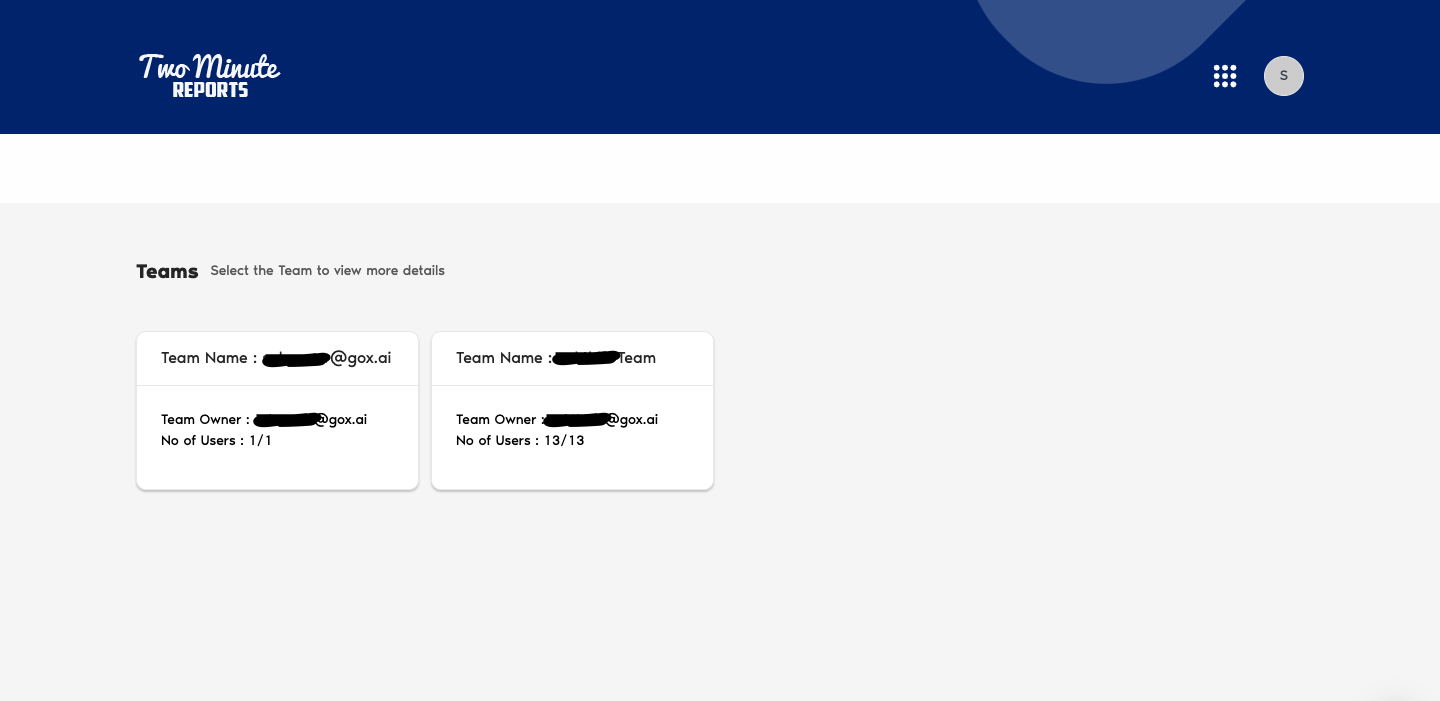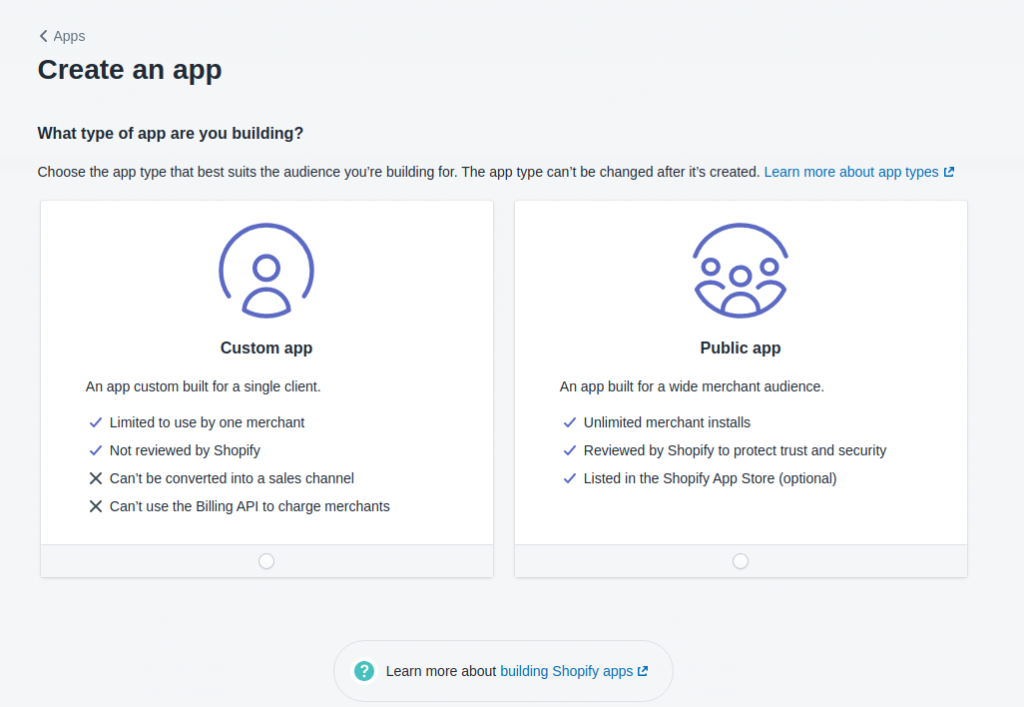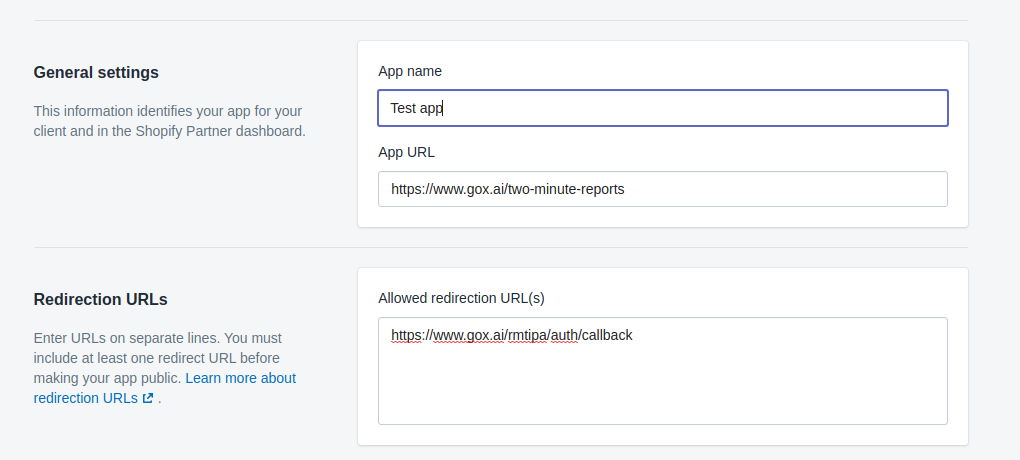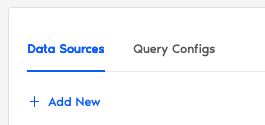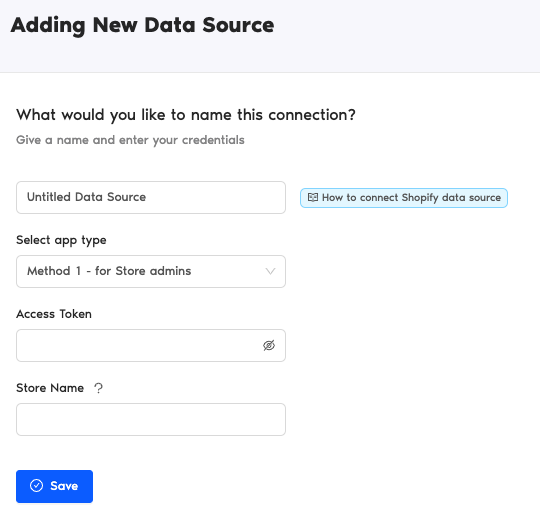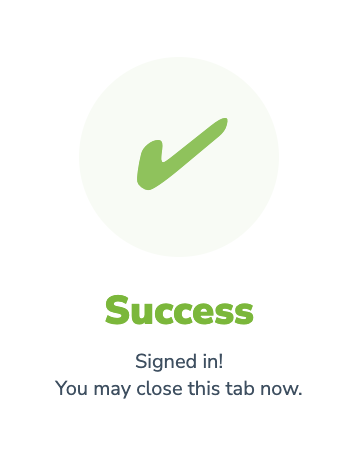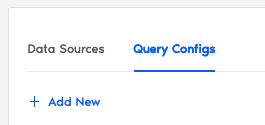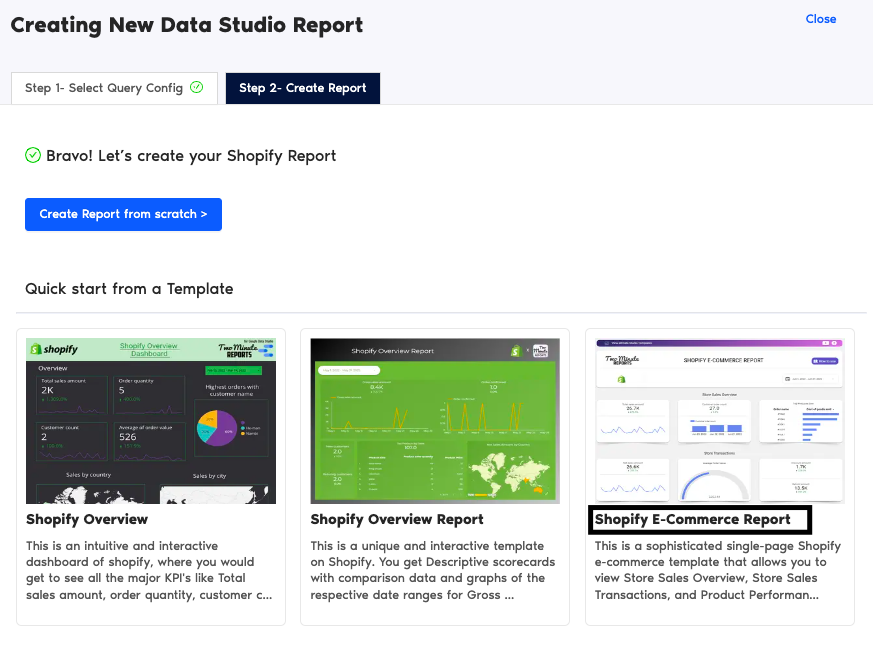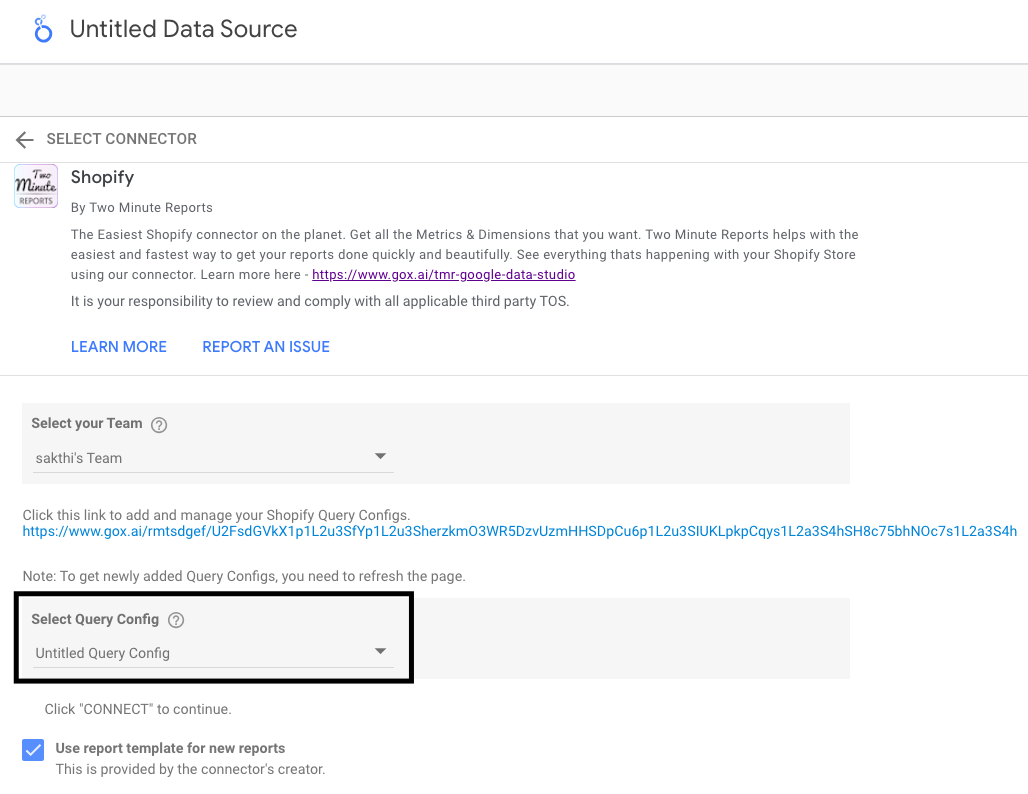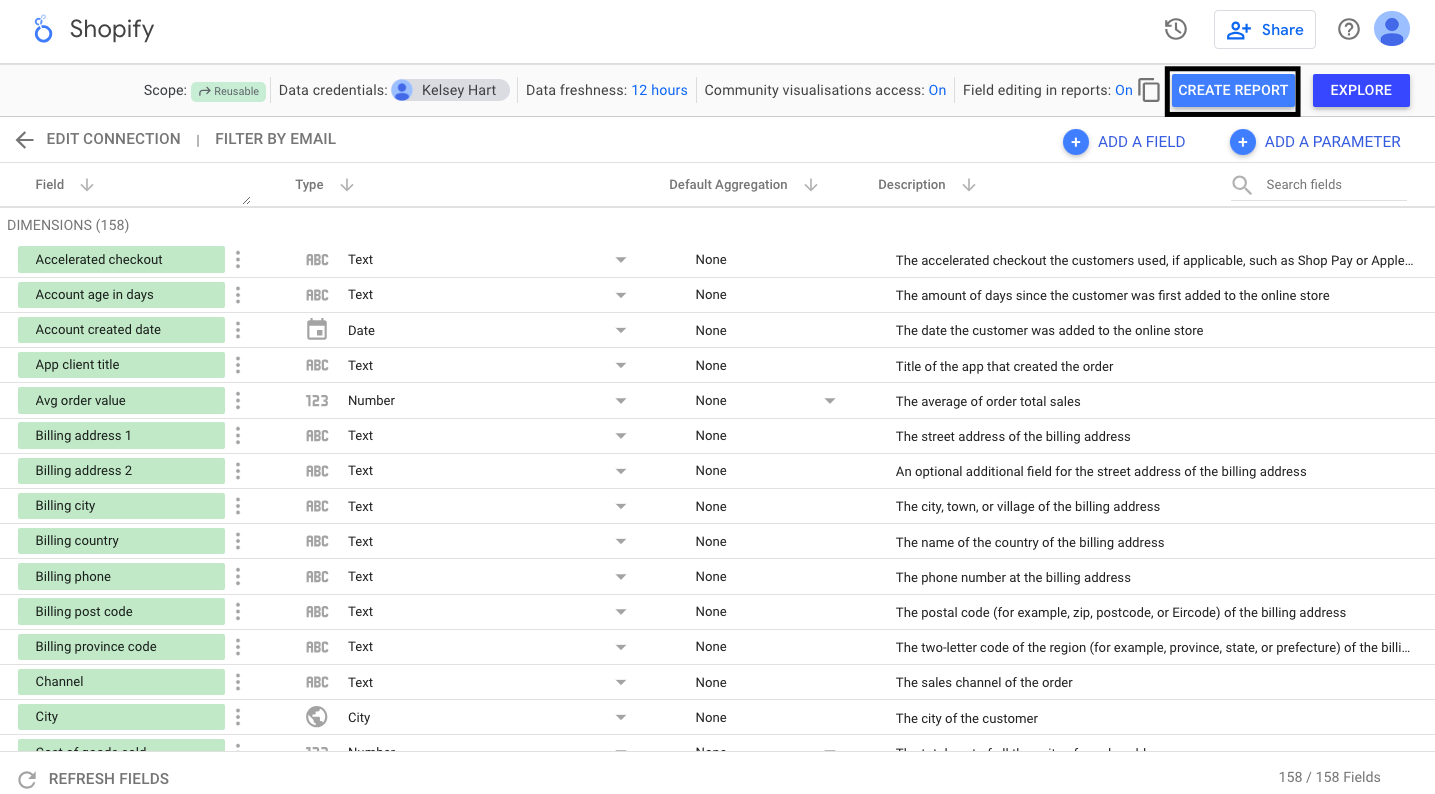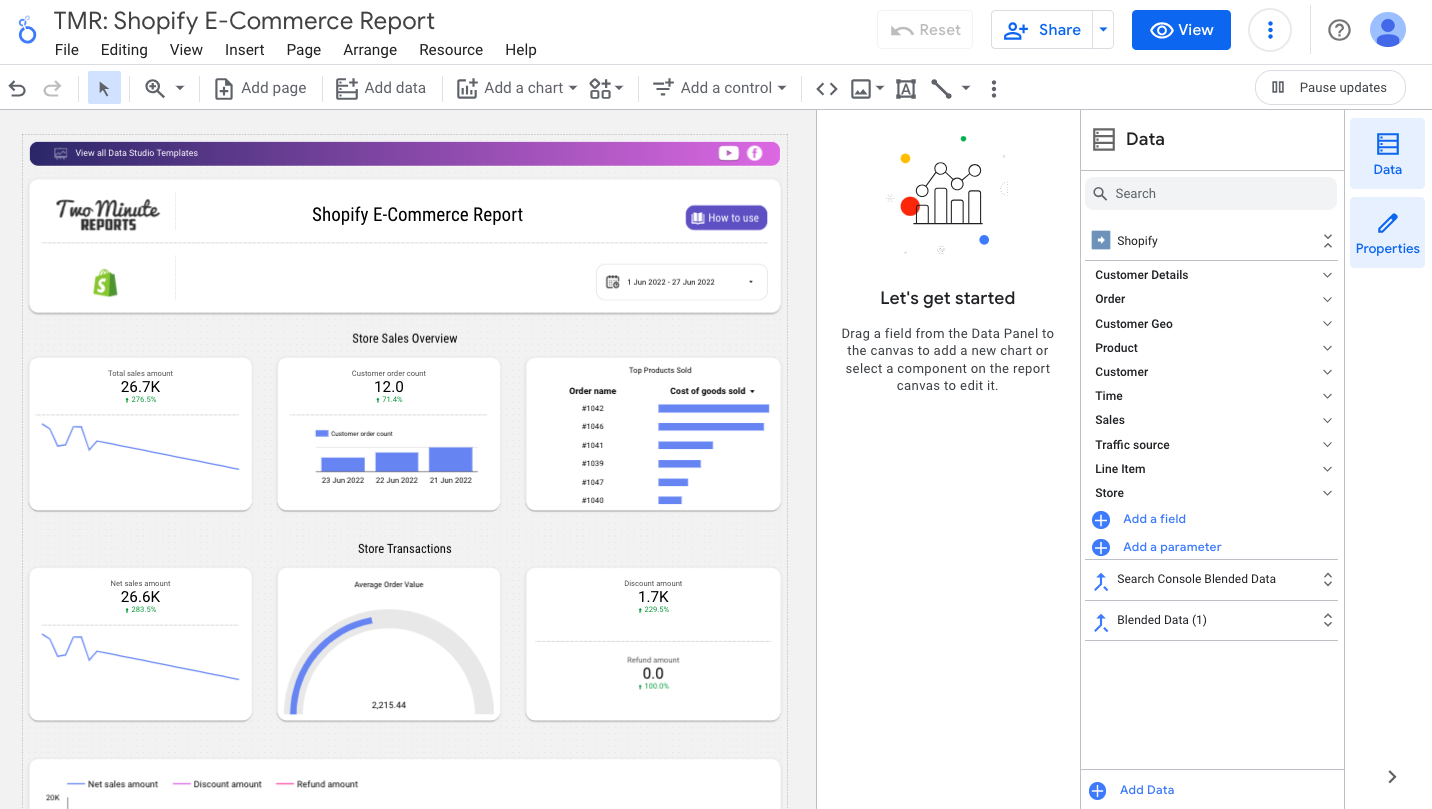The integration of Shopify store data into Looker Studio eliminates the need for tedious data reporting. With the help of Looker Studio, store managers can now easily access sales, orders, and online store visitor data of their stores in a single place.
Looker Studio can create Shopify reports that allow them to compare the metrics from different time periods. With Two Minute Reports, you can connect and import these metrics to Looker Studio without writing a single line of code. You can reduce your time creating reports and see the performance of the store quickly. Let us show you how.
Select Shopify in the TMR Portal
The first thing to do is to go through our portal and select the data source you want to add.
- Go to apps.gox.ai and Login to your account.

- Choose Two Minute Reports for Looker Studio (the blue one).
- Select your team. If you only have one team, you skip this and TMR automatically redirects you to the connectors page.
You will now see the connectors page.
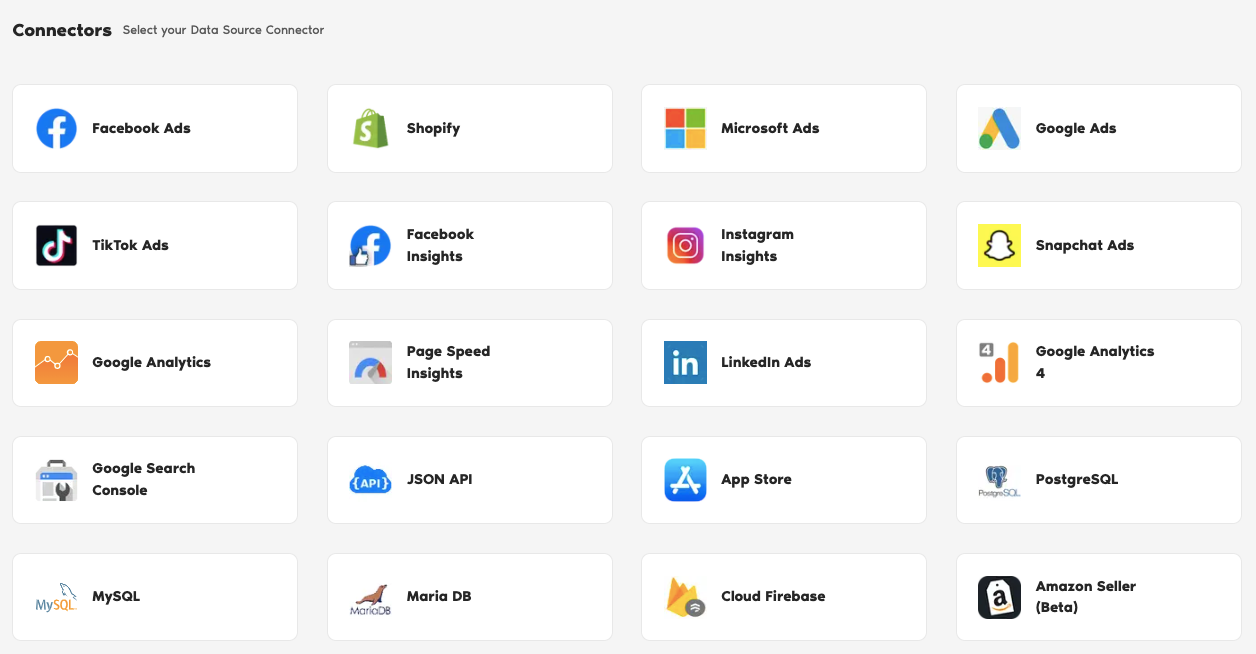
- In the connectors page, find and select Shopify.
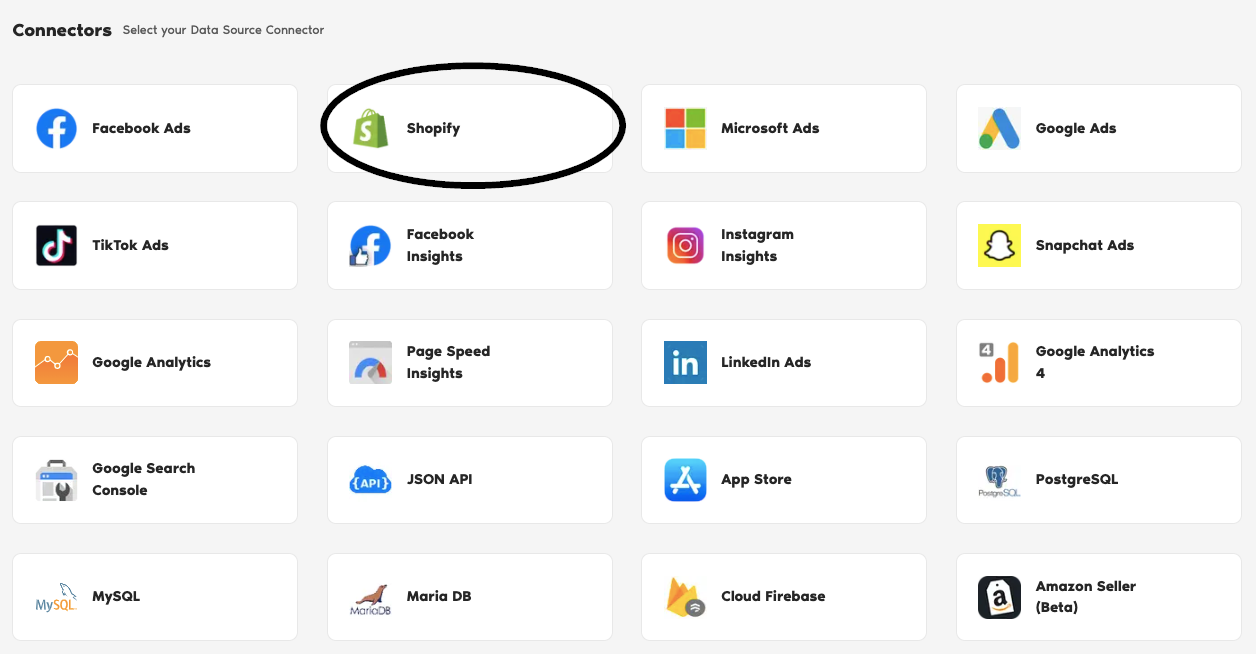
Create a Custom App or API Key from Shopify
It’s required for Shopify to enter a key to connect to Two Minute Reports. The API key provided by Shopify is then entered in Two Minute Reports interface later on. Getting your connection details from Shopify is easy.
What is an access token or API key?
There are two place from where you can create a Custom App.
- Creating the App from the Shopify partners portal.
- Creating the App from the Shopify admin portal. (If you have the admin access to the store)
Creating the App from the Shopify admin portal
- Go to the Shopify admin portal
- Click on the Apps section in the sidebar
- Once clicked on the Apps section, it should show the list of apps installed on the store. Click on the App and sales channel setting at the bottom.
- And then click on the Create an app button to create a new admin app.
- Once clicked, it should ask for a name for your app. Give a name and then click on the Create app button.
- Once the app has been created, go to API credentials section inside the app and click on the Configure Admin API scopes.
- Select the following scopes:
read_analytics
read_customers
read_draft_orders
read_fulfillments
read_inventory
read_marketing_events
read_orders
read_products
read_reports.
- Click Save.
- After selecting all the scopes. Click on the Install app button to install it in the shop.
- Once installed, you will be given an Admin API access token. Copy that token and paste it in the Access token field (under Custom App Method 2) from TMR sidebar.
Creating the App from the Shopify partners portal
- Login to your partners dashboard, go to Apps on the left sidebar.
- Then click on Create App, it should ask you to choose a type of app. Click on the Custom App and give it a friendly name and paste this URL (https://twominutereports.com) in the App URL field.
- Add our redirect URL (https://www.gox.ai/rmtipa/auth/callback) in the Allowed redirection URL(s) section. Then click Save.
Please note down the API key and the secret key that you get in this section, we will need it later.
Note:
1. These custom apps can only be installed on a single Shopify store. Shopify Plus service partners can install the same custom app on multiple Plus stores for a single Shopify Plus merchant.
For non Shopify plus services, another app need to be created for a different store. Or you can uninstall an existing app from a store and reuse that app.
2. You can only access last 60 days of orders. To get more than that, you have to request for the access. You can do that from App setup -> Read all orders -> Request Access.

Authorize Your Shopify Store
The next series of steps is to configure your Shopify store with TMR.
Connect Your Shopify Store
In this section, you need to login to your App Store account for authentication making sure it connects with TMR and Looker Studio.
- Under Data Sources, click +Add New button.
- Name your data source.
- Select the app type either Method 1 or Method 2 based on what you completed in the previous section.
- Enter the access token you acquired from the earlier section.
- Enter your store name.
- Click the blue Save button.
- If successful, Two Minute Reports gives a prompt “Signed in! You may close this tab now.“
Configuring Your Shopify store with TMR
- In the Query Configs section, click + Add New button. Choose the data source you added earlier. Click Next.
The next following steps is where you configure your Shopify settings to TMR so that you can create reports in Looker Studio. You may configure the following parameters depending on your preference as TMR has imported them.
- Name your query config.
- Data Options whether you want to Include missing time values or Replace blank metrics with zeros. This means empty metrics are still being reported as zero values.
- Click Save.
Once everything is finished, click Create Report. The next section is creating reports in Looker Studio.

Create a Shopify Report with TMR in Looker Studio
There are two options to create a App Store Ads report with TMR in Looker Studio. You can choose to select our templates or create your own custom reports.
Option 1: Use Two Minute Reports Template
Option 2: Create Report from Scratch
Option 1: Use Two Minute Reports Template
If you prefer to use a template, Two Minute Reports has many template dashboards to choose from.
- After clicking Create Report from the previous section, select any of our templates. In this example, click Shopify E-Commerce Report.
- You are redirected to Looker Studio. In Looker Studio, under Select Query Config, choose the configuration you created earlier (it should be the name you gave it). Under Select your Team, choose the appropriate team as well if the dropdown is showed to you.
- Click the blue Connect button in the upper right side of the page.
- You can now view the App Store schema on Looker Studio. Click Create Report in the right side of the page.
Once everything is loaded, you are presented with a custom template report from Two Minute Reports. You can use your App Store data to this report and edit as you see fit.
If you want to learn on how to use your own data to our templates, read How to use templates for Looker Studio
Option 2: Create Report from Scratch
You can also create your own custom dashboard in Looker Studio. Looker Studio is a powerful data visualization tool that contains many features to help you reduce time creating reports.
- After clicking Create Report from the previous section, click Create Report from scratch blue button.
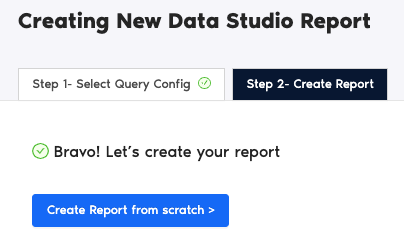
- You are redirected to Looker Studio. In Looker Studio, under Select Query Config, choose the configuration you created earlier (it should be the name you gave it). Under Select your Team, choose the appropriate team as well if the dropdown is showed to you.
- Click Connect blue button in the upper right side of the page.
- You can now view the App Store Ads schema on Looker Studio. Click Create Report in the right side of the page.
Once everything is loaded, you are presented with a blank canvas. You can now create custom reports (adding dates and charts) in Looker Studio with your App Store Ads data.
If you want to learn about creating your own report, like adding dates and charts, read How to Create a Report in Looker Studio

